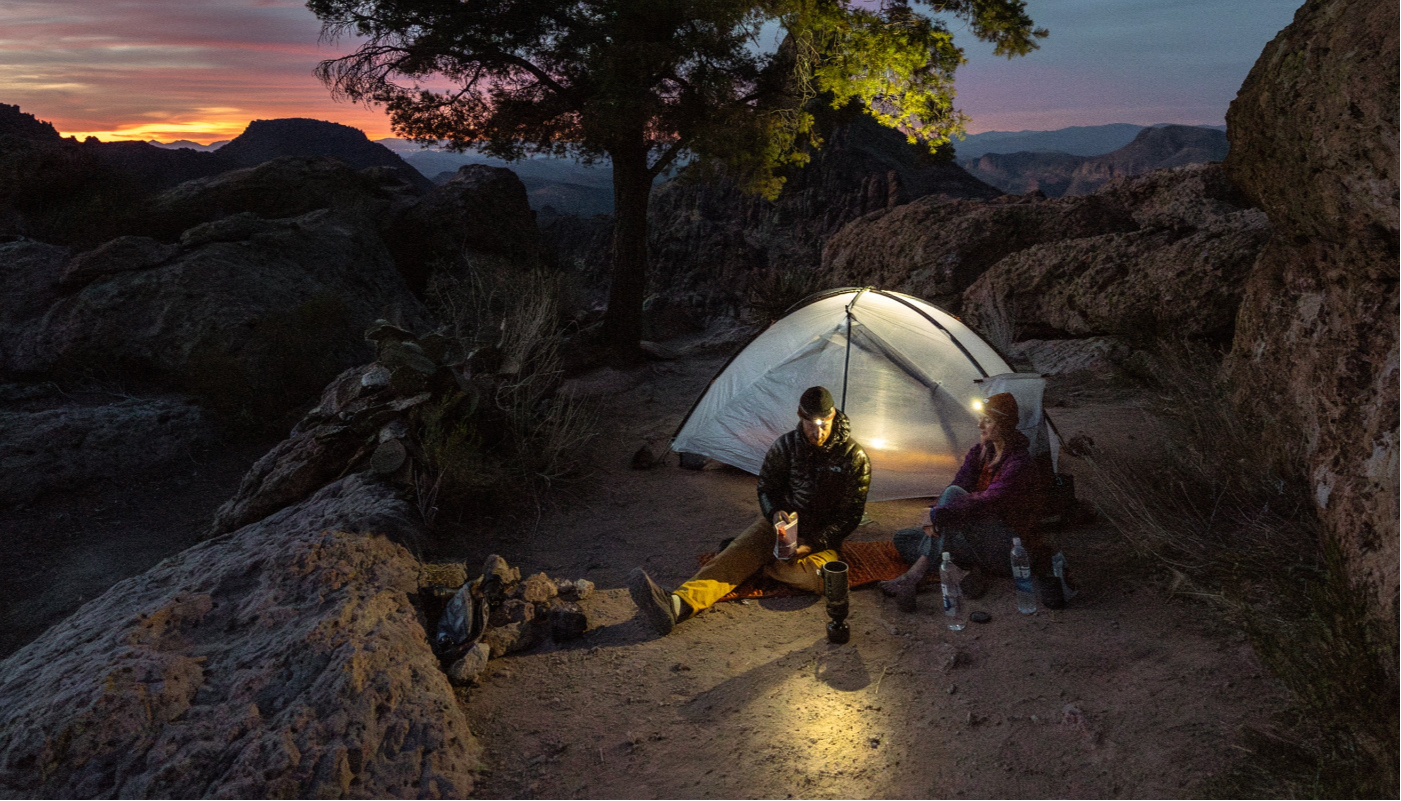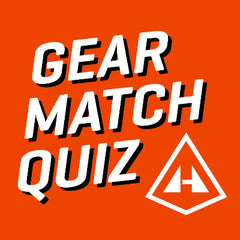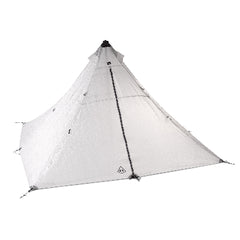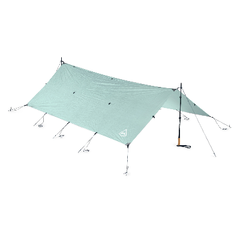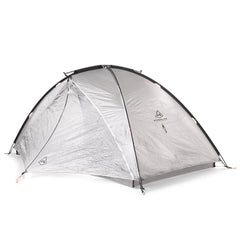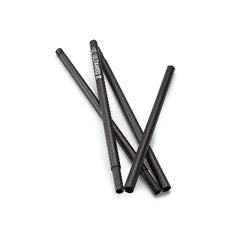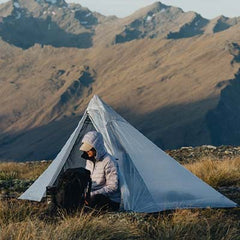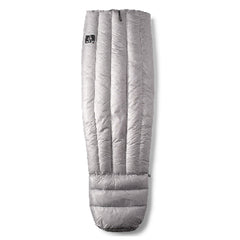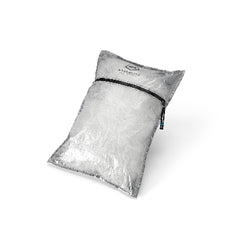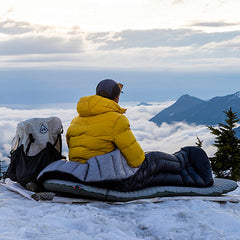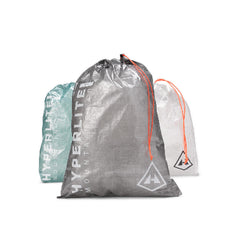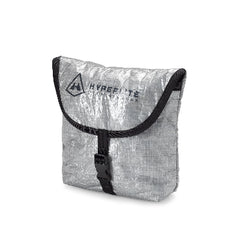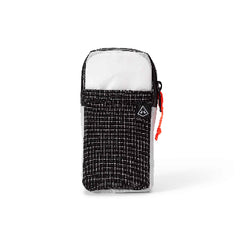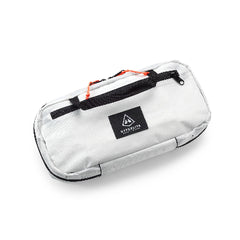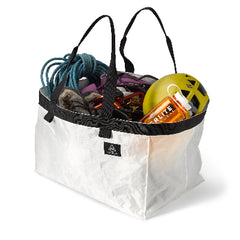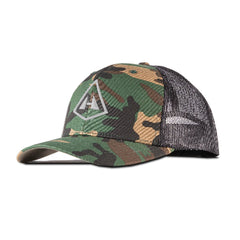Words and Photos by Hansi Johnson
What are Five Things you can do to become better at the activities you love outside? Whether they’re things you already know how to do and you’re passing those skills along, or they’re things on your to-do list to learn (and maybe all of you have some tips to share about how to get ‘em done), getting in the habit of upping your skillsets five things at a time makes progress manageable and inevitable! This list is about canoe tripping in the legendary and otherworldly realm of the Boundary Waters Canoe Area, and comes to us from our pal Hansi Johnson in Northern Minnesota. You may remember Hansi from our short film, The Northwoods From Away - definitely worth checking out–even if you're not a paddler but you just love moving efficiently through wild places with rad people!

Here's five things you can do this weekend to improve your Boundary Waters Canoe Area Wilderness Tripping skills.

LEARN TO SIT AND SWITCH PADDLE. Before your summer backcountry paddling excursions, take some time to learn the technique of sit-and-switch paddling. This technique comes from the world of marathon canoe racing. Master this technique, and you will paddle further with less energy, which means more time in camp chilling.

GO DEEP INTO PLANNING MODE. There are many great websites that help wilderness paddlers learn more about where they are going and what they might experience there. These websites also help you understand the type of travel situations you are going to face, which, of course, impacts the way you pack for your trip. Take the time to master these tools, and your trips will improve due to the gear you take or toss out! To plan distances and travel speeds, I use Paddle Planner.
Interestingly, you can input the type of backcountry paddler you are from beginner to advanced, and you can adjust your average speed if you know it. Just for fun, try inputting "One Trip" portages versus two trips and see how the overall time to destination changes–if that doesn't make you want to pack lighter, I don't know what will!
BWCA.Com This is a better-known site, but I tend to use it for different reasons. The online forum, while a bit cumbersome to wade through, often has little tidbits of information that can come in handy.
Typically, I will search a route or a lake I am interested in and look at the personal experiences shared in the forum. Takes time to do, but it saves time in the woods! Case in point is locating optimal camping spots or even learning what spots totally suck as well. There is nothing worse than paddling extra miles to a campsite only to find it's a horrible tent spot and then having to paddle back the way you came to find another site! Lastly, the Minnesota Lake Finder App is key to learning more about the lakes you will find in the BWCA. This tool has everything from water clarity to the species of fish living in the lakes themselves–as well as depth charts. If you are fishing in the BWCA, this is a must-use tool. In the future, I am sure we will see folks like Onx or other mobile apps bundling these different tools into a one-stop shop, but until then, I keep all three of these on my favorites list.

FIT YOUR CANOE WITH CABLE TIES FOR QUICK AND EASY PORTAGE HACKS. A third and fourth hand are hard to find in the middle of nowhere, but if you use these handy cable ties, you can retrofit your boat to hold things like paddles, fishing poles, and anything else you find doesn't fit into your Hyperlite Pack! The key is messing around before your trip and figuring out balance points and spots that don't interfere with you once the canoe is on top of your head. Learn these key spots and then make them consistent once you are in the backcountry, and your portage speeds will improve markedly.

LEARN HOW TO FOLD YOUR MAPS AND MARK YOUR ROUTES. Sounds crazy but learning how to fold a map can save you time and hassle once you are on the water. I love to fold my maps and number them on the corners so I can switch quickly between them if I need to. I also love to highlight my preferred route and input any information I may have learned in my research. I write down and circle the best camping spots, possible fishing locations, and even possible photographic interest points. We all know good information is the key to a great backcountry experience, so learn how to amalgamate that ahead of time and benefit from it once you are on your trip.

LEARN HOW TO LIFT A CANOE! It might sound crazy, but most folks do not know how to put a canoe on their shoulders before a portage. It's the classic case of work smarter not harder. If you have access to a canoe before your trip, try this simple technique a few times in a safe space like a lawn or a grassy spot. Not only will you be more efficient on remote portages, but you will also save your back and your shoulders for more fishing or wood cutting later on in the day!


